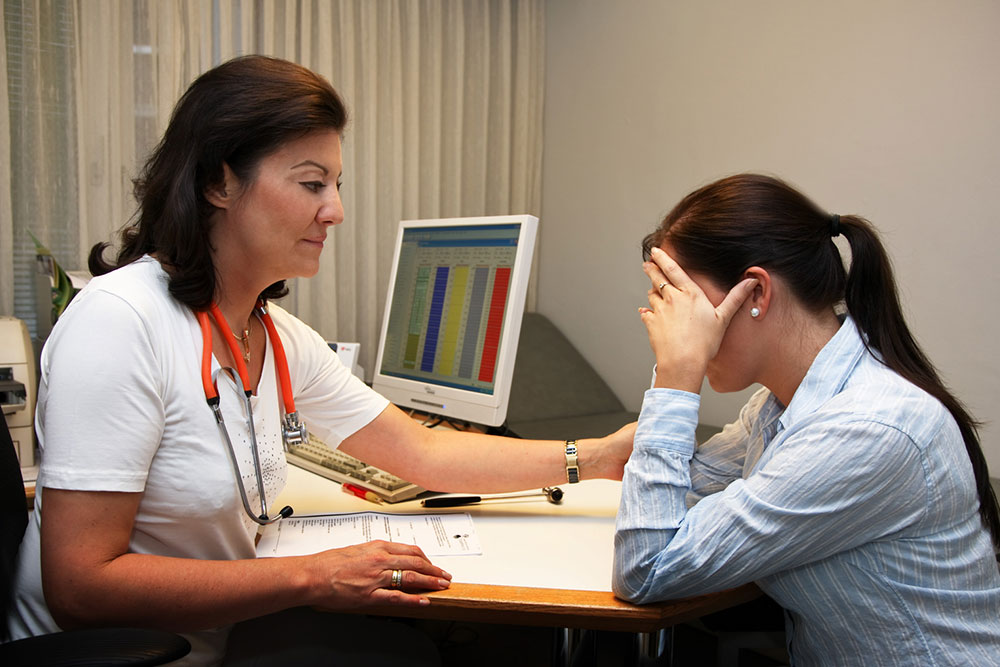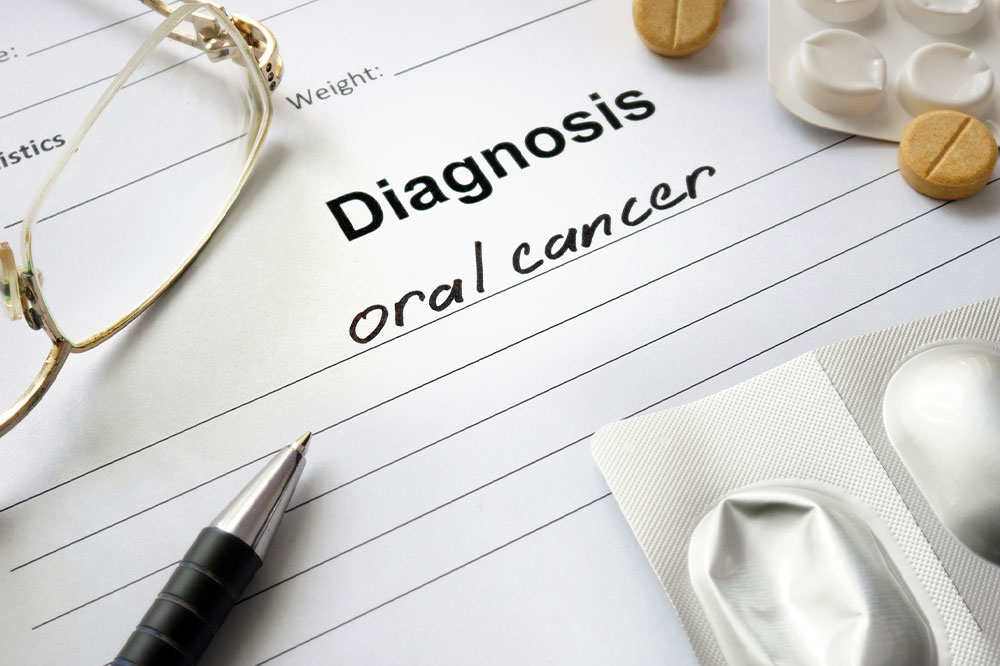Comprehensive Guide to HER2-Negative Breast Cancer: Recognizing Symptoms and Exploring Treatment Options
HER2-negative breast cancer is a common subtype affecting many women worldwide. This comprehensive guide covers its symptoms, diagnosis, and the latest treatment options, including hormonal therapy, chemotherapy, and radiotherapy. Early detection is crucial for successful management, and ongoing research continues to improve survival rates. Understanding the biological nature of HER2-negative cancer helps women and healthcare providers make informed decisions, leading to better outcomes and quality of life.

Comprehensive Guide to HER2-Negative Breast Cancer: Recognizing Symptoms and Exploring Treatment Options
Breast cancer remains one of the most common cancers affecting women globally, representing a significant health concern that demands attention for early detection and effective management. Despite advances in medical science that have led to improved survival rates for many cancers, breast cancer still poses a complex challenge due to its varied subtypes and responses to treatment. Among these subtypes, HER2-negative breast cancer is notably prevalent and requires distinct diagnostic and therapeutic approaches. Understanding its biological basis, recognizing its symptoms early, and exploring the available treatment options are essential steps toward better prognosis and quality of life for patients.
HER2 (Human Epidermal growth factor Receptor 2) is a protein that promotes cell growth. In some breast cancers, there is an overexpression of HER2, which makes the cancer more aggressive but also susceptible to targeted therapies. Conversely, HER2-negative breast cancer indicates that the cancer cells do not overproduce this protein, which influences treatment choices and disease progression. The absence of excess HER2 protein changes how the disease develops and how it responds to treatments, often requiring different strategies compared to HER2-positive cancers.
Identifying the Symptoms of HER2-Negative Breast Cancer
Noticeable swelling or thickening in the breast tissues
Changes in the shape or contour of the breast
Persistent skin irritation, redness, or rash on the breast or nipple area
Unexplained pain localized in the breast or nipple region
Nipple discharge that occurs outside of breastfeeding, especially if bloody or clear
Skin thickening or puckering resembling an orange peel texture around the nipple or breast
Early identification of these signs through routine screenings such as mammograms plays a vital role in improving treatment success rates. Being aware of these symptoms allows women and healthcare providers to initiate further diagnostic procedures promptly, leading to timely interventions that can save lives and reduce the severity of the disease.
Current Treatment Strategies for HER2-Negative Breast Cancer
Hormonal Therapy: Particularly effective in ER-positive (estrogen receptor-positive) breast cancers, hormonal therapy involves medications that block estrogen’s effects or lower its production. This approach can slow or stop the growth of hormone-sensitive tumors, significantly improving patient outcomes.
Chemotherapy: Chemotherapy remains a cornerstone in treating HER2-negative breast cancers, especially those that are more aggressive or advanced at diagnosis. Commonly used drugs include taxanes (such as paclitaxel), anthracyclines (like doxorubicin), and platinum-based medications. These drugs work by damaging DNA or disrupting cell division, thereby destroying cancer cells.
Radiotherapy: After surgical removal of the tumor, radiotherapy is often administered to eliminate residual microscopic cancer cells. This treatment reduces the risk of recurrence and can also alleviate symptoms like pain or discomfort associated with tumor growth.
Emerging Therapies and Clinical Trials: Researchers are continually exploring new treatment modalities, such as immunotherapy and targeted therapies for HER2-negative variants. Enrollment in clinical trials may provide access to cutting-edge treatments and contribute to future advancements.
Overall, managing HER2-negative breast cancer requires a personalized approach tailored to the tumor’s biological characteristics, stage of disease, and patient's overall health. Regular screening, early detection, and a multidisciplinary treatment plan can significantly improve prognosis and extend survival rates.
In conclusion, understanding the nature of HER2-negative breast cancer, recognizing its symptoms early, and pursuing appropriate treatment options are vital for effective management. Continued research and advancements in therapeutic strategies hold promise for better outcomes and enhanced quality of life for patients diagnosed with this challenging disease.





